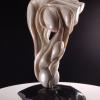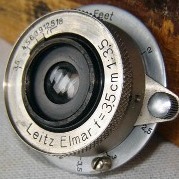Next step in Development
-
Recently Browsing 0 members
- No registered users viewing this page.
-
Similar Content
-
- 37 replies
- 2,049 views
-
On the step
By mikozia,
- 1 reply
- 167 views
-
- 132 replies
- 17,811 views
-
- 8 replies
- 868 views
-
- 17 replies
- 898 views
-





Recommended Posts
Join the conversation
You can post now and register later. If you have an account, sign in now to post with your account.
Note: Your post will require moderator approval before it will be visible.